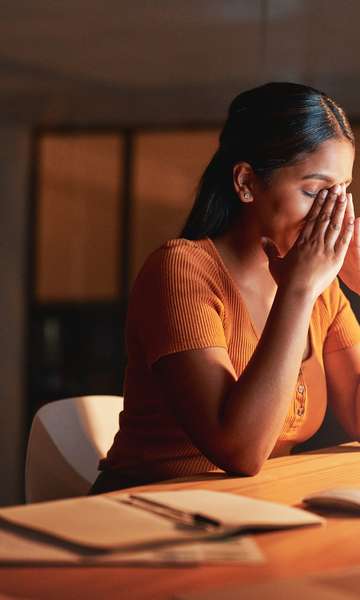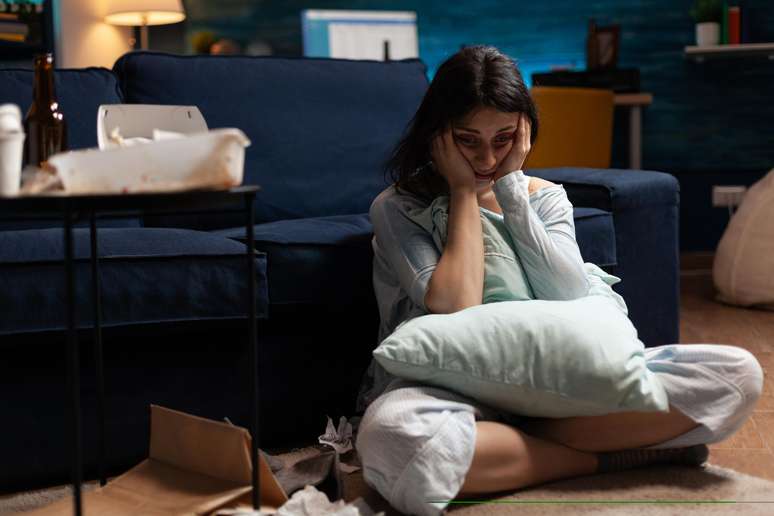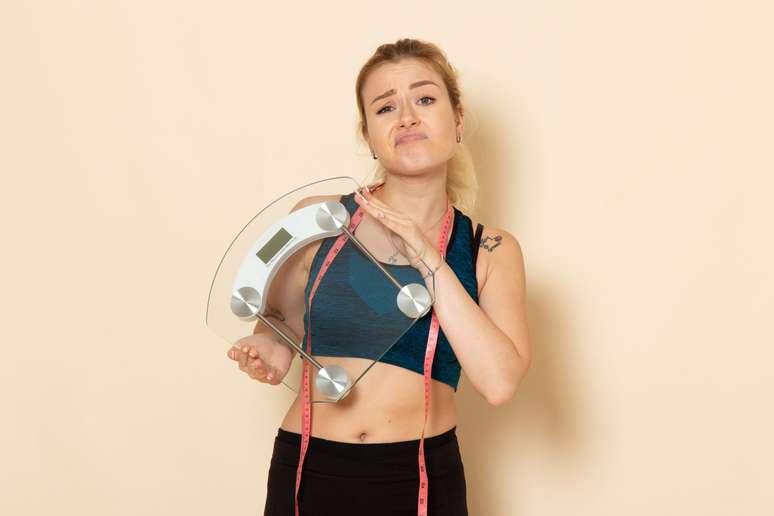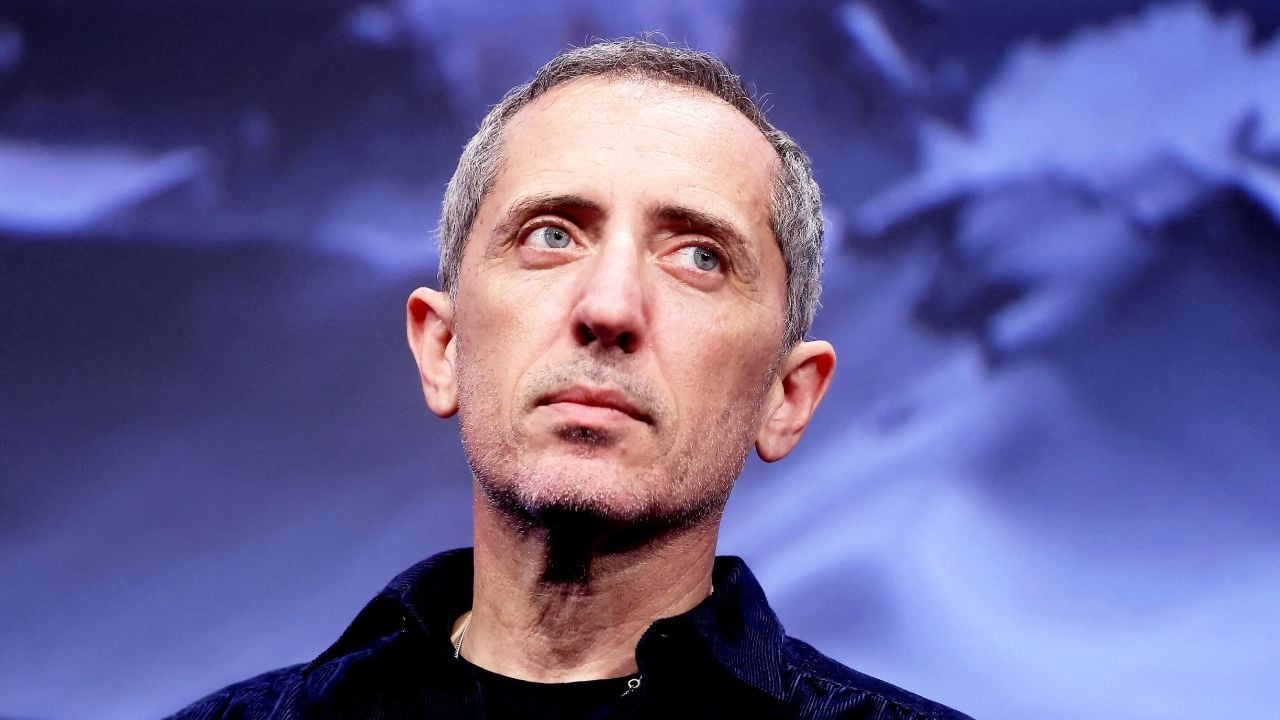The psychiatrist explains the differences between the common symptoms and the disorders that this emotion, which shines in “Inside Out 2”, can cause
Anxiety is the body’s natural response to stress, characterized by feelings of tension, worry, and physical changes, such as increased blood pressure. The feeling is capturing the attention of children, teens, and adults around the world after being featured as one of the new emotions in the Disney Pixar animated film “Inside Out 2.”
In the story, the main character, Riley, “receives” the new emotion at the age of 13, amidst the tensions of teenage routine. Although everyone experiences anxiety at some point in their lives, when these feelings become persistent and interfere with daily activities, they can be indicative of a larger problem.

In an interview with Earth youpsychiatrist Cynthia Braga he says that anxiety is the manifestation of fear and the physical reactions that accompany it, of something that is not declared, something hypothetical.
“To some extent, it is an evolutionary reaction, which protects us: it leads to faster actions and reactions. However, in some cases, it can be a pathological response to stimuli that are not threatening.”
Braga explains that many people in their neurological development process can present this dysfunctional response from childhood. Others can acquire this response pattern throughout their lives, facing hardship, trauma, or even chronic stress.
Healthy anxiety or anxiety disorder?
The doctor explains that the fight or flight response, which involves hyperactivation of some brain centers, which we can interpret in the body and mind as a feeling of anxiety, is “normal”, that is, physiological, when it occurs in the face of some threat, even hypothetical, such as:
- Did you bring your passport?
- Will I remember what I need to talk about during the meeting?
- Is this dress suitable?
“It is self-limiting and does not paralyze us, cause us extreme discomfort or prevent us from doing anything. In other words, it comes, we think, act and react more quickly, it ends and life goes on,” explains the psychiatrist.
However, when this response persists for hours, days, weeks, preventing and hindering the person from carrying out their activities or being disproportionate to the threat, it may probably be a disorder.
Most common types
The professional says that the most common type of disorder is mild anxiety. Also very common is mixed anxiety and depression disorder. Then there is GAD (generalized anxiety disorder) and, more rarely, panic disorder – which is not characterized by an isolated episode of extreme anxiety, but by their recurrence over a certain period.
“A certain degree of anxiety has increasingly become a companion of Brazilians. In fact, we are at the top of the world rankings of anxiety. And remembering that in mild psychiatry it is not synonymous with little suffering – but concerns the degree of dysfunctionality,” highlights the doctor.

5 Symptoms of an Anxiety Attack and How to Treat It
Use of drugs
Pharmacological treatment should be instituted when non-pharmacological measures fail, including:
- Physical activity;
- Nutritional monitoring;
- Breathing techniques;
- Psychotherapeutic support.
The doctor stresses that it is important for people with anxiety to develop strategies to cope with their symptoms. While medications help, changes in behavior patterns and thought processes are essential for treatment and resolution, not just palliative action.
“Self-medication here is a risk that can perpetuate and worsen symptoms. Psychotherapeutic support is also essential, even when medications are needed,” says the psychiatrist.

Not All Therapy Is the Same: Find Out Which Approach Works Best for You
Treatment
For the professional, the ideal is that the treatment is brief and involves the least amount of drugs possible, the minimum necessary to treat. However, in the most severe cases, long-term treatment may be necessary and the administration of drugs is harmful only when it is not indicated.
“If there is a pathological process, maintaining treatment is essential. This does not mean that non-pharmacological measures are superfluous, on the contrary, they are essential for the improvement and for the maintenance and stability of this improvement,” explains the specialist.
Multidisciplinary monitoring will help in the process of developing and developing tools to deal with anxiety-provoking situations and to cope with crises and associated symptoms. “Breathing training and awareness skills, for example, are recommended and can amplify the response to treatment,” concludes the doctor.
Source: Terra
Ben Stock is a lifestyle journalist and author at Gossipify. He writes about topics such as health, wellness, travel, food and home decor. He provides practical advice and inspiration to improve well-being, keeps readers up to date with latest lifestyle news and trends, known for his engaging writing style, in-depth analysis and unique perspectives.






-t84500vauzw7.png)


